We love a good cat conversation—until the chat turns into a sleepless-night marathon. If your companion in Santa Monica has suddenly cranked the volume to eleven, you’re not alone. At Santa Monica Veterinary Group, we field calls every week from caring families who wonder why their quiet cat now sounds like a squeaky door or why their naturally talkative Siamese seems to be narrating every minute of the day. Together we can sort out what is normal, what signals a problem, and how to restore peace for both you and your pet.
When a Meow Becomes Concerning
Cats meow for many perfectly healthy reasons: greeting you at the door, reminding you that breakfast is five minutes late, or requesting a quick window-seat adjustment. We start to worry when any of these situations occur:
- A sudden or steady rise in the number or volume of meows
- Vocalizing at night after years of quiet sleeping
- Accompanying signs such as pacing, hiding, or altered appetite
- A change in the tone of the voice—hoarse, raspy, or piercing cries
Medical Reasons We Rule Out First
Our first step is always to be sure pain or disease is not hiding beneath the chatter. These are the most common medical culprits we see in the exam room:
Hyperthyroidism – An overactive thyroid speeds up metabolism, increases hunger, and often produces a restless, loud cat. You can read the AAHA’s current Feline Hyperthyroidism Guidelines for the deeper endocrine science behind this diagnosis.
High blood pressure – Frequently paired with hyperthyroidism, hypertension can lead to headaches and even vision loss, both of which make cats vocalize.
Cognitive dysfunction syndrome (CDS) – Senior pets may become disoriented at night and call out for reassurance. Colorado State University lists early red flags in their overview on signs of cognitive decline in older pets.
Undetected pain – Arthritis, dental infection, urinary discomfort, or even internal illness spur a cat to cry. For a refresher on subtle pain body-language, AAHA’s primer on common pet pain signs is a helpful read.
Neurologic disease – Less common, but brain inflammation or tumors may press on centers that control vocalization. NC State’s neurology service explains warning signs in their summary of brain tumors in small animals.
Behavioral Roots of Extra Chatting
Once illness is ruled out, we explore behavioral triggers:
- Attention learning – If a meow gets you to toss a treat, the behavior is reinforced. AAHA’s article, How Can I Fix My Cat’s Behavior Problems?, outlines reward-based strategies we often recommend.
- Stress and anxiety – Renovations, a new baby, or even moving furniture can unsettle a cat. When more than one feline lives in the home, competition is another stressor; see Addressing Tension Among Cats for multi-cat harmony tips.
- Boredom – Indoor cats need daily outlets for stalking, climbing, and scratching. If their only stimulus is your 3 a.m. trip to the fridge, they will seize the moment.
- Breed disposition – Oriental, Siamese, and Bengal cats are genetically wired to be chatty. We expect more vocalization, but it should still fit a predictable pattern.
For a broader overview on everyday trouble spots, the ASPCA’s page on common cat behavior issues and their section on older cats’ behavior problems are excellent references.
Could This Be an Emergency?
Most excessive meowing is not urgent, but a same-day visit is wise if you spot:
- Open-mouthed yowling plus straining in the litter box (possible urinary blockage)
- Sudden blindness or bumping into objects
- Collapse, seizure, or rapid weight loss
- Continuous crying when touched in a specific area
Trust your instincts—persistent cries combined with any new physical sign warrant an immediate call to your veterinarian.
How We Diagnose the Cause
When you bring your cat to our Santa Monica, California, hospital, we begin with a nose-to-tail examination and detailed history. We may ask for a video of the behavior—your smartphone footage helps us “hear” what you’re hearing.
Typical tests include:
- Complete blood count, chemistry profile, and thyroid panel
- Urinalysis and blood pressure measurement
- Oral exam under mild sedation to spot hidden dental pain
- In older patients, X-rays or ultrasound to evaluate organs and joints
- A brief neurologic assessment for reflexes, vision, and coordination
We keep you informed at every step so decisions feel collaborative rather than overwhelming. Meet the people who will greet you and your cat on our team page.
Treatment Pathways That Work
Because meowing is a symptom, the solution depends on the root cause:
- Medication – Anti-thyroid drugs, blood-pressure control, pain relievers, or cognitive supplements can quiet the chorus within days to weeks.
- Surgery or radioactive iodine – Curative for many hyperthyroid cats when medication is not ideal.
- Dietary therapy – Prescription renal, joint-support, or limited-iodine diets often enhance comfort and reduce vocal demands at mealtimes.
- Environmental and behavior modification – We coach families through structured play, feeding puzzles, and calm zones. Ohio State’s Indoor Pet Initiative is a gold-standard resource we frequently share.
- Pheromone diffusers and anxiolytic therapy – Helpful for cats whose meows stem from generalized anxiety or multi-cat rivalry.
Follow-up visits ensure the plan is working. You can schedule a recheck or an initial consultation through our services page.
Everyday Strategies You Can Start Tonight
- Scheduled play: Two 10-minute wand-toy sessions burn predatory energy and reduce nighttime wanderings.
- Forage feeding: Hide kibble in paper cups or try the AAHA tutorial on DIY enrichment toys for your cat.
- Predictable routines: Keep lights low and voices soft after dusk; feed and play at consistent times so your cat isn’t anxious about what comes next.
- Visual perches: Window shelves or tall cat trees provide safe observation posts and decrease stress-meows directed at household traffic.
- Gradual attention training: Reward quiet behavior with treats; ignore demand meows for 30-60 seconds before calmly engaging. This teaches that silence—not shouting—opens doors.
- Sound masking: A low-volume white-noise machine can comfort cats with age-related hearing loss or night-time disorientation.
- Veterinary weigh-ins: Sudden appetite surges or weight swings paired with meowing deserve bloodwork sooner rather than later; waiting risks progression to heart or kidney disease.
Frequently Asked Questions
Is constant purring related to excessive meowing?
Not necessarily, but both are communication forms. AAHA’s article on the secret feline language: 5 reasons why your cat purrs explains why a purr can signal contentment—or discomfort.
Will neutering or spaying stop loud meows?
It certainly reduces hormone-driven yowling in intact adults, particularly during mating season. If your cat is not yet altered, speak with us about timing.
My cat only yowls when another cat walks past the window. What helps?
Visual barriers (frosted window film) and positive reinforcement when your cat remains calm are first steps. If you share your home with several cats, review Addressing Tension Among Cats and ask us about pheromones or anxiolytics.
Could diet alone solve hyperthyroid meowing?
An iodine-restricted diet can lower thyroid hormone in some cases, but it must be fed exclusively and monitored with lab work. We’ll discuss whether dietary management fits your household.
Long-Term Outlook
Once the underlying condition is treated or the environmental plan is in place, most cats return to their baseline voice within a few weeks. Untreated hyperthyroidism, painful arthritis, or chronic anxiety, however, may progress to heart disease, mobility loss, or aggressive behavior. Early intervention saves not only decibels but also organs, joints, and quality of life.
We’re Here to Listen—Literally
Excessive vocalization can feel exhausting, but every meow is data we can use to guide diagnosis. If the chatter is keeping you up at night or nagging at your worries during the day, reach out through our contact page. Together, we’ll give your cat a healthier reason to purr—and give your household the quiet it deserves.



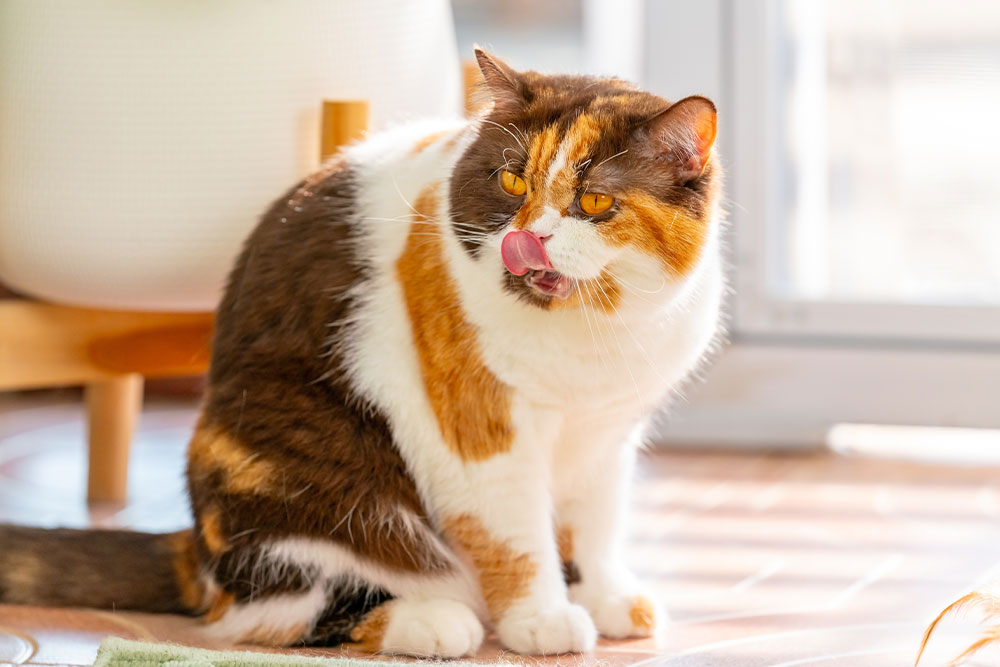
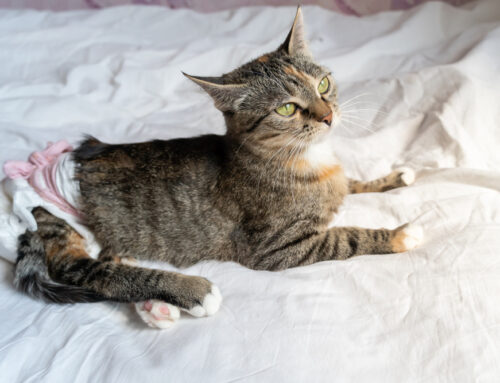
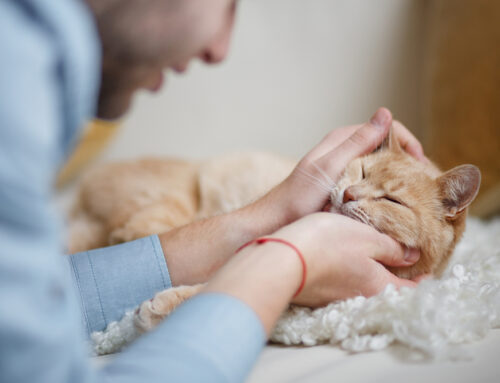
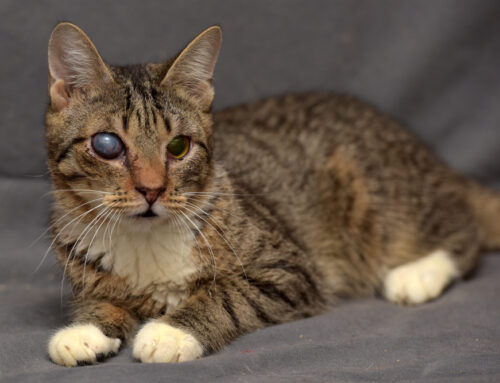
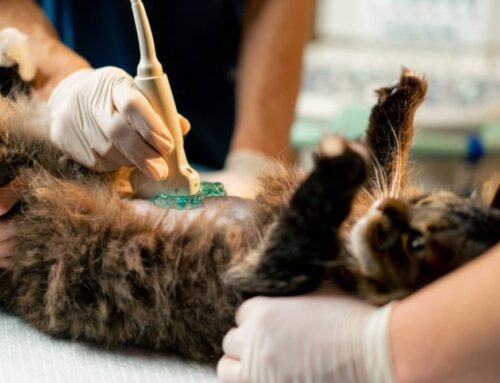
Leave A Comment